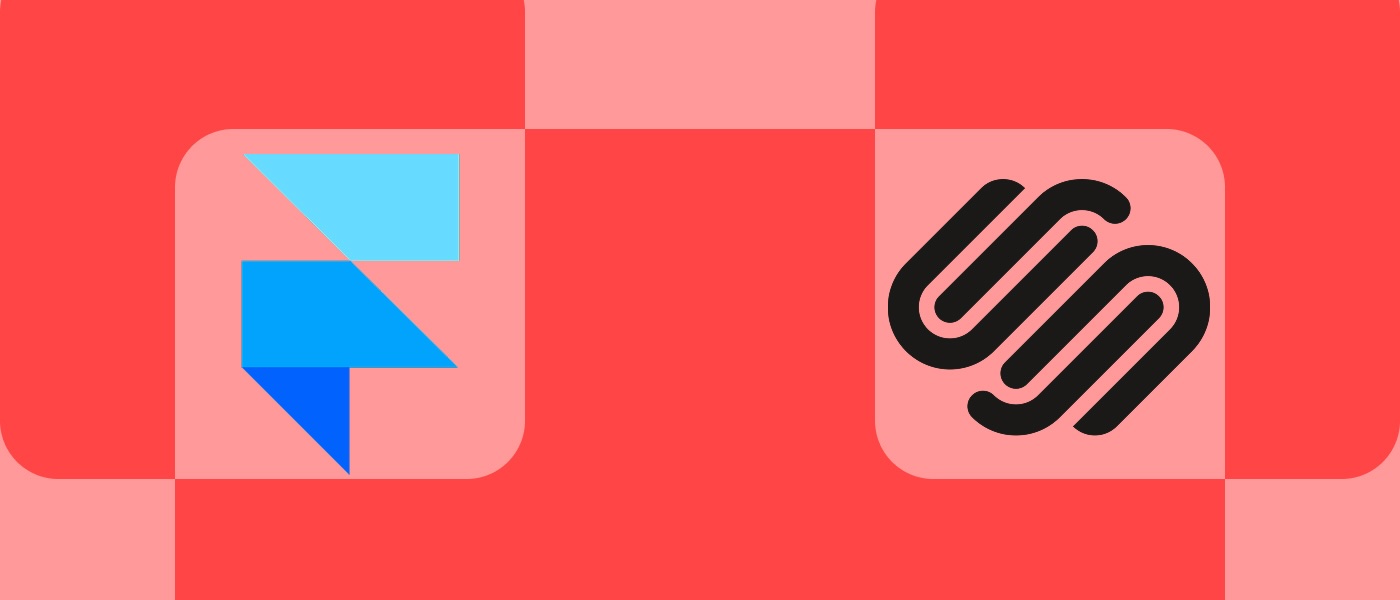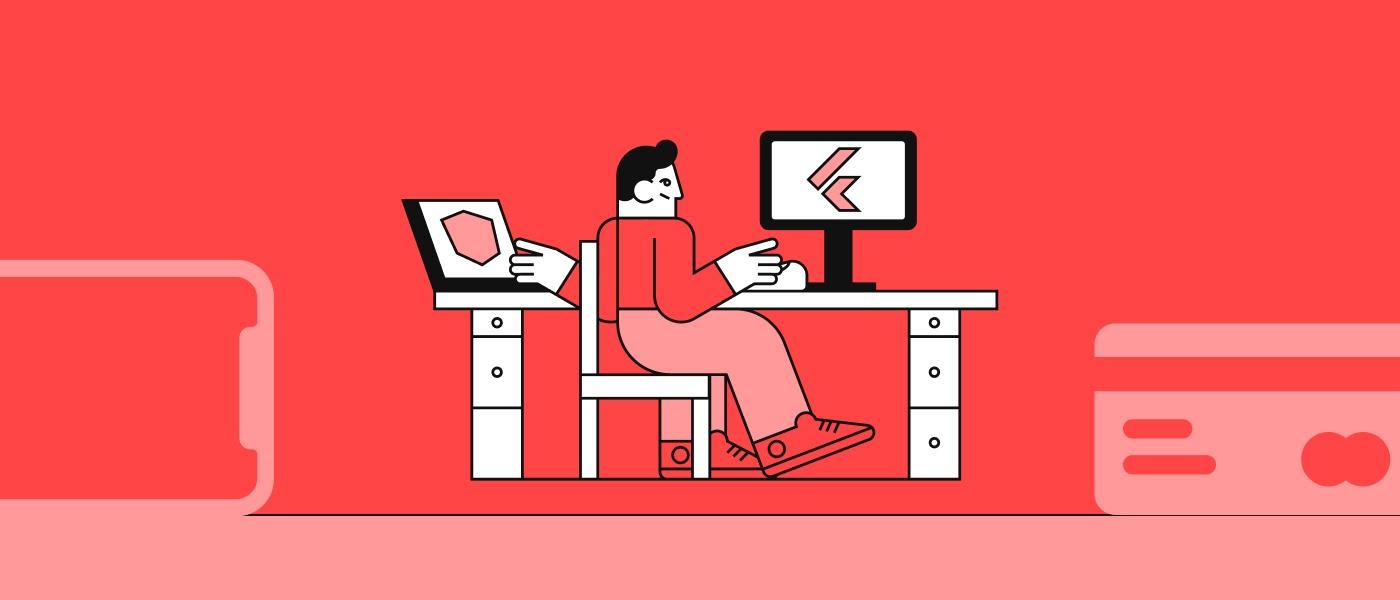Redefining Design Delivery: ff.next's Dive into Productized Subscription Services

Design as a subscription service has redefined the way developers approach software development and user experience. The subscription model offers numerous benefits, including continuous improvement, personalization, predictable expenses, and enhanced scalability. By embracing this evolving trend, organisations can adapt to changing market dynamics and deliver exceptional products that meet and exceed user expectations. As the design industry continues to evolve, the subscription service model will undoubtedly play a pivotal role in shaping its future.
From streaming service subscription to design subscription
The subscription model offers numerous benefits, including continuous improvement, personalization, predictable expenses, and enhanced scalability. By embracing this evolving trend, organisations can adapt to changing market dynamics and deliver exceptional products that meet and exceed user expectations. As the design industry continues to evolve, the subscription service model will undoubtedly play a pivotal role in shaping its future.
Introduction
In today's digital age, subscription models have emerged as a game-changer across various industries, revolutionising the way products and services are offered and consumed. The rise of streaming platforms like Netflix, Spotify, and Amazon Prime has showcased the importance and current popularity of subscription models. As consumers increasingly gravitate towards these subscription-based offerings, other industries have taken notice. In response, design as a service subscription model has emerged as a powerful approach that not only benefits users but also propels organisations to new heights of innovation and user satisfaction. In this article, we explore the growing trend of design as a subscription service and how it is revolutionising the way we approach design development and user experience.
The Rise of Subscription Models
In recent times, subscription models have gained immense popularity across various industries. From entertainment services to productivity tools, the subscription model has proven to be a sustainable and flexible approach. When it comes to software design, this model presents numerous advantages. Subscribers can have unlimited design requests, each item completed one by one. And if the design is not liked, it is redesigned, until the user is satisfied! Furthermore, subscription-based models give the advantage of not hiring an expensive full-time senior-level designer, which might be not needed in full capacity throughout the year.
Evolving User Expectations
With the advent of the subscription service model, users have grown accustomed to a constant stream of updates and enhancements. This has placed greater emphasis on user-centric design and has driven developers to adopt an iterative and agile approach to software design. By listening to customer feedback and making improvements regularly, subscribing organisations can maintain a competitive edge in a fast-paced market.
Continuous Improvement and Innovation
Software design as a subscription service empowers developers to foster an environment of continuous improvement and innovation. Instead of releasing large, sporadic updates, developers can focus on smaller, incremental changes that keep users engaged and satisfied. This approach allows for rapid adaptation to market demands and technological advancements, leading to more robust and feature-rich software products.
Personalization and Scalability
Subscription-based software design enables a higher level of personalization for users. Developers can tailor features and functionalities to cater to specific user needs, resulting in a more tailored and enjoyable experience. Moreover, the scalability of the subscription model allows ff.next to accommodate different user requirements without compromising on performance.













